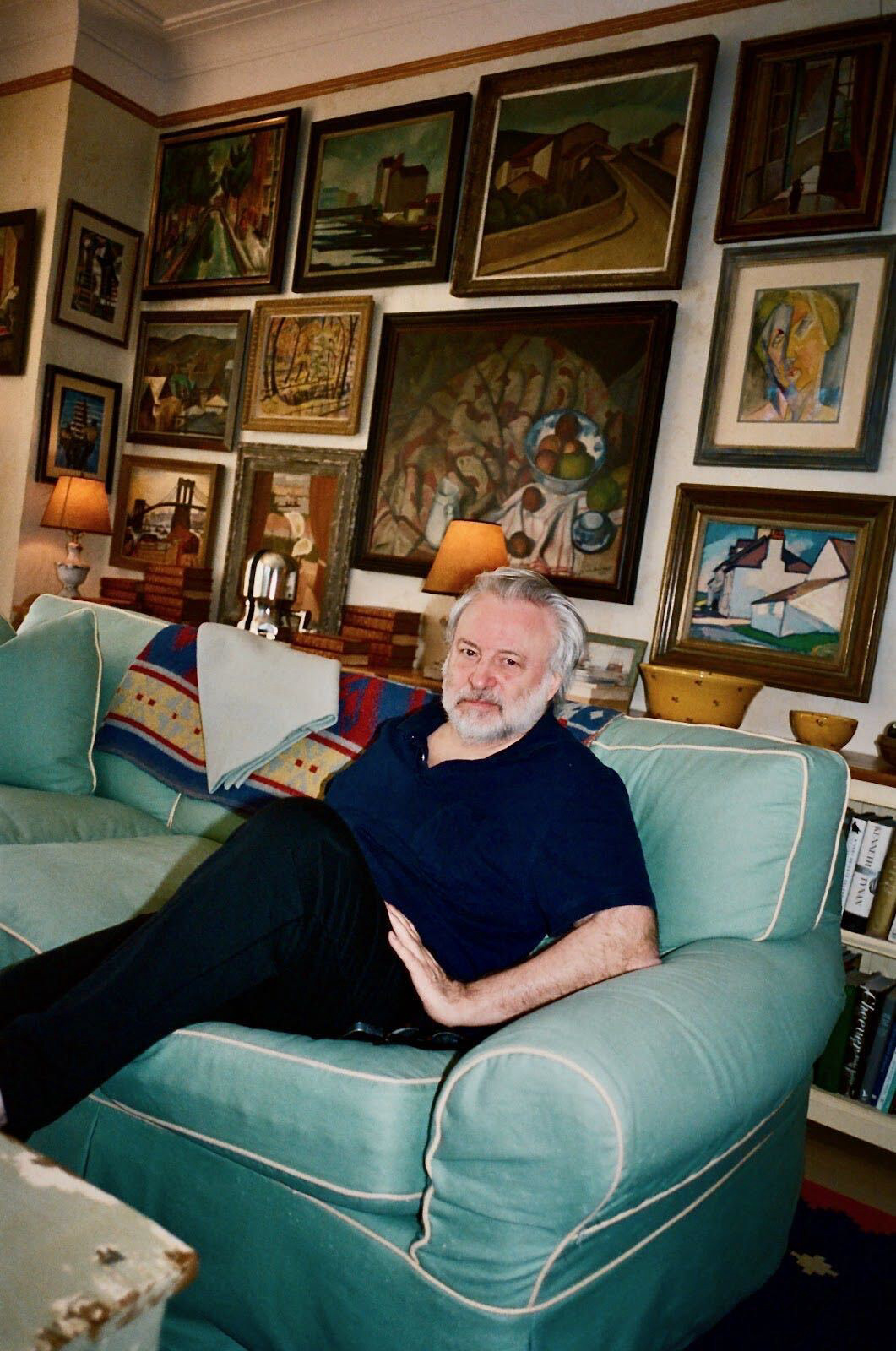
Legendary Restaurateur Keith McNally Reveals the Worst Guest He’s Ever Served
Keith McNally opens his new memoir with a quote from George Orwell that reads: “Autobiography is only to be trusted when it reveals something disgraceful.” Rest assured, the scandal-prone restaurateur’s book passes the test. I Regret Almost Everything takes readers back to the East End of London, where the founder of beloved downtown New York eateries like the Odeon, Balthazar, and Minetta Tavern had a hardscrabble upbringing. McNally chronicles the many strokes of good fortune (including getting taken under the wing of Anna Wintour, his customer at One Fifth in the ’70s) that led him to go from New York oyster shucker to one of the city’s most successful restaurant proprietors. But despite its rags-to-riches arc, the book is far from a victory lap.
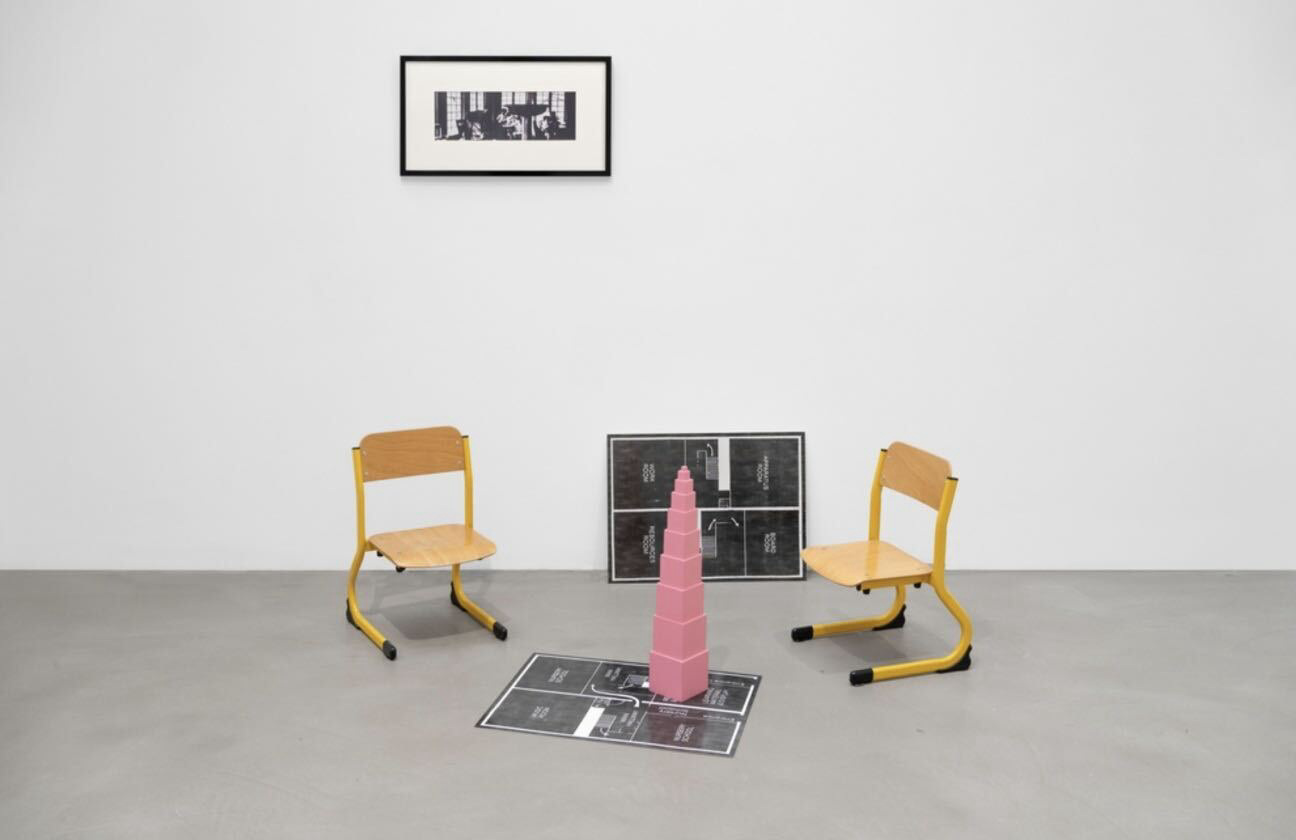
Here Are This Spring’s 11 Must-See Museum Exhibitions in New York
New York’s art scene is all-encompassing, making it an exciting and at times overwhelming landscape to navigate. We did the leg work for you and compiled 11 museum exhibitions that deserve your attention this May. From rooftop riffs at the Met to subterranean séances at the Drawing Center, New York’s current slate of showings proves that the city’s institutions are anything but on autopilot as weather warms up.
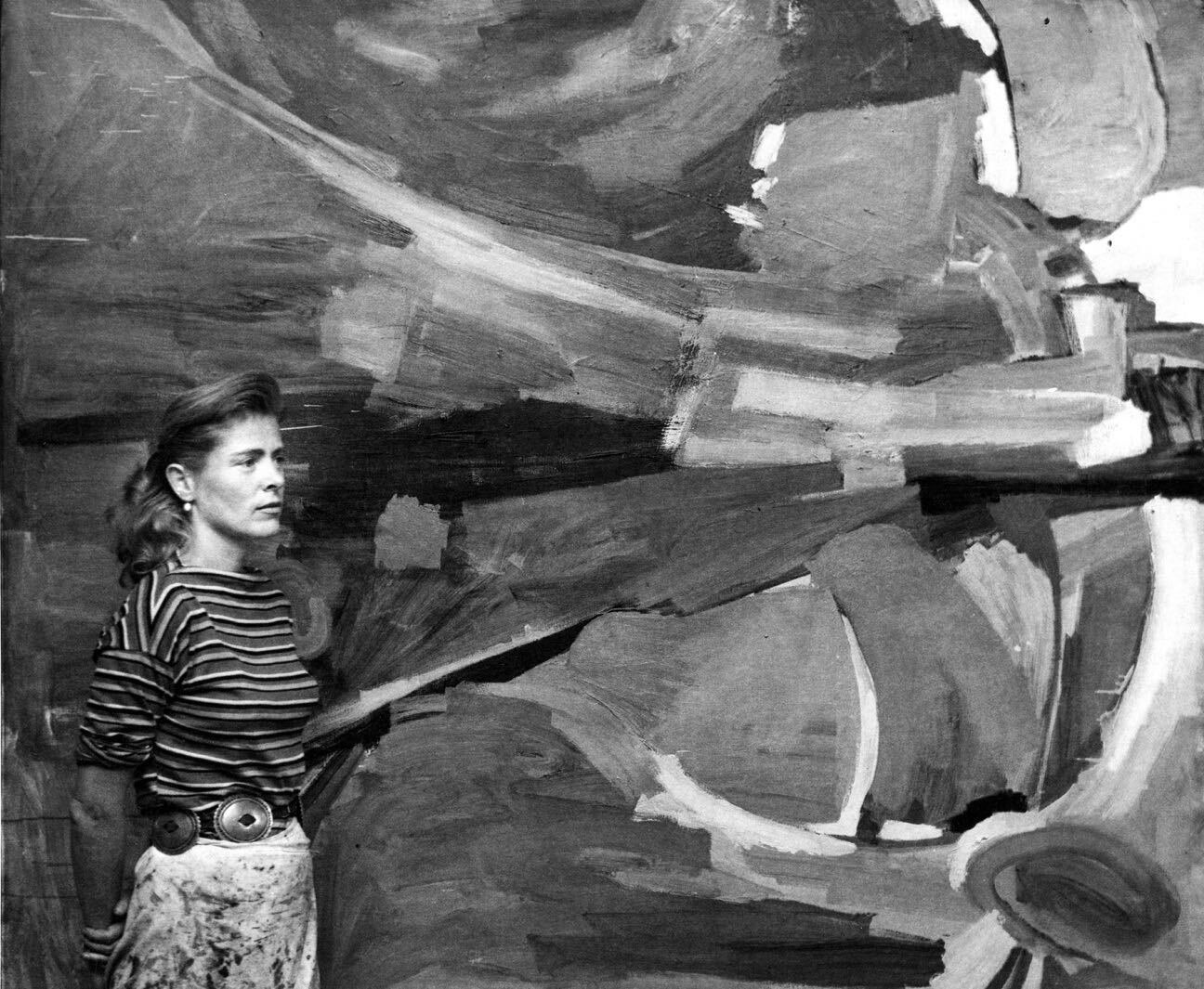
Before she studied under Mark Rothko, or painted alongside Willem de Kooning, Mary Abbott was already a fixture of New York’s cultural scene. Born in 1921 to a family that traces its roots to Presidents John and John Quincy Adams, and raised among poets, sculptors, and diplomats, she seemed destined for a life of refinement—not rebellion. Though the late artist’s contributions have been oft overlooked in favor of the male titans that were her contemporaries, “Mary Abbott: To Draw Imagination,” at New York’s Schoelkopf Gallery, illuminates her place in the Abstract Expressionist canon.
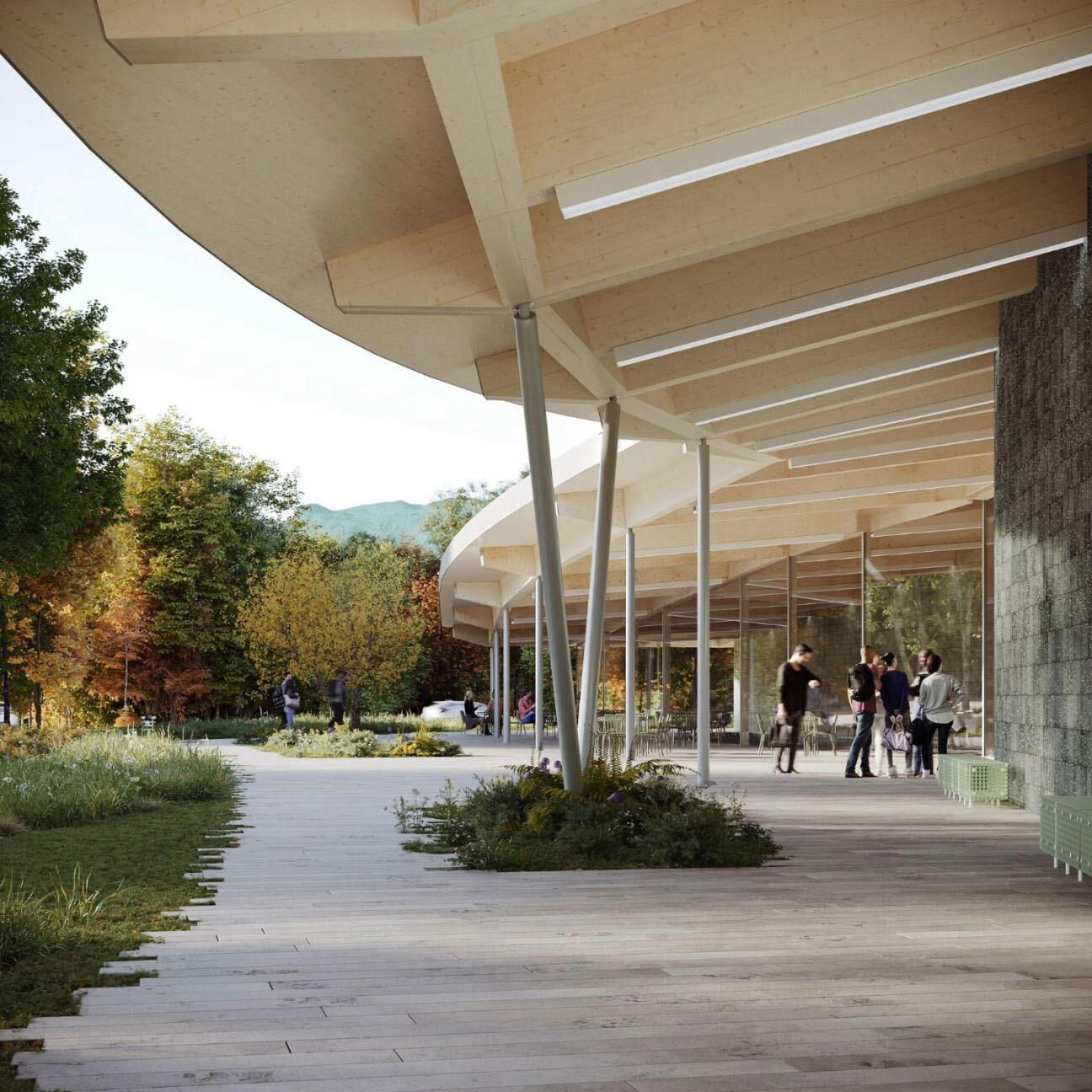
What Does a More Empathetic Museum Look Like in 2025?
We are moving away from the architectural gymnastics and skewed exhibition walls of the early 2000s, replacing them with empathetic strategies prioritizing artworks and visitors. Historically, museums evolved from salons to multi-room galleries, eventually expanding into architectural landmarks displaying vast collections. In the last two decades, a new and amorphous emphasis on community engagement has dominated client conversations. How do we design for something fluid and constantly evolving, but which requires structure?
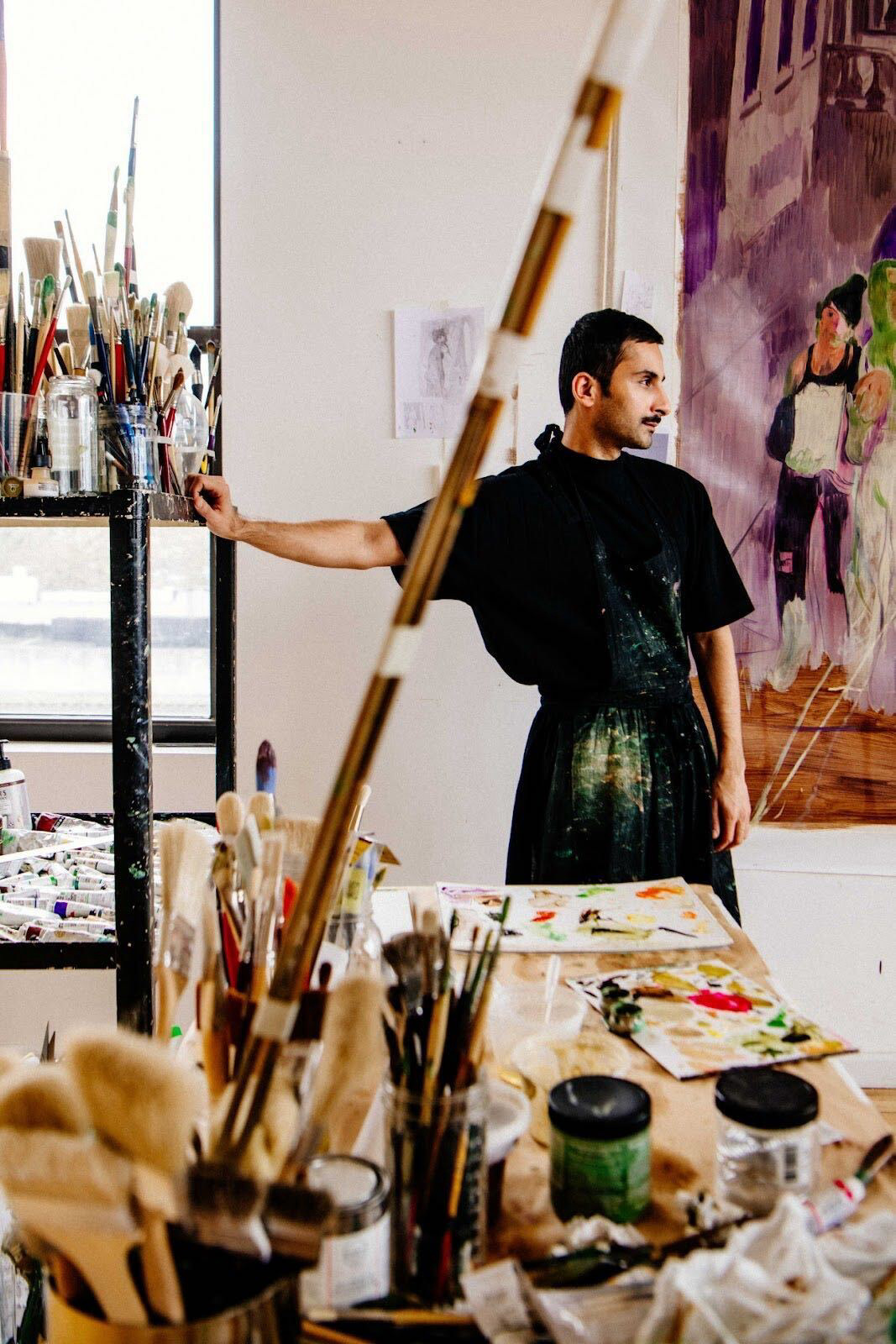
Salman Toor Just Opened the Biggest Show of His Career. Here’s How He Feels.
Salman Toor has captured the imagination of his generation. The millennial Pakistani-American painter’s ability to swirl desire, loneliness, warmth, and sensuality into one scene have earned him a cult following and near universal acclaim from the art establishment. His largest exhibition to date, “Wish Maker,” opened May 2 across Luhring Augustine’s Chelsea and Tribeca galleries. CULTURED contributor and Toor’s personal friend Adam Eli visited the artist at the studio to see how he was feeling ahead of this pivotal moment in his career.
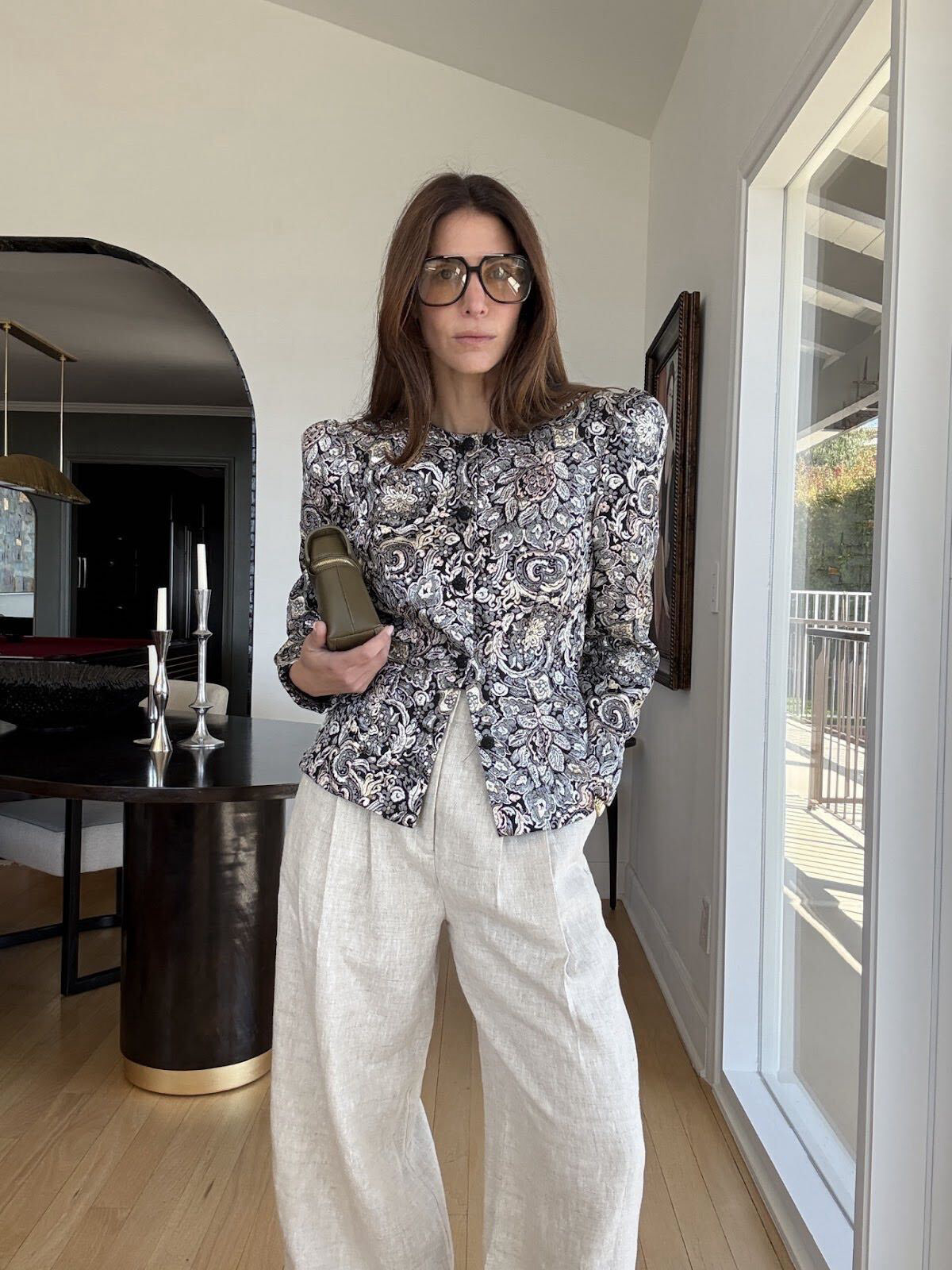
Done chasing trends that fizzle before the season ends? Same. We asked a mix of actors, authors, photographers, and style insiders to share the obsessions they’re swearing by this season and beyond. The results are refreshingly human: a brocade blazer with Saint Laurent swagger, the surprisingly addictive practicality of a straw cup, and skincare rituals that don’t take all night.
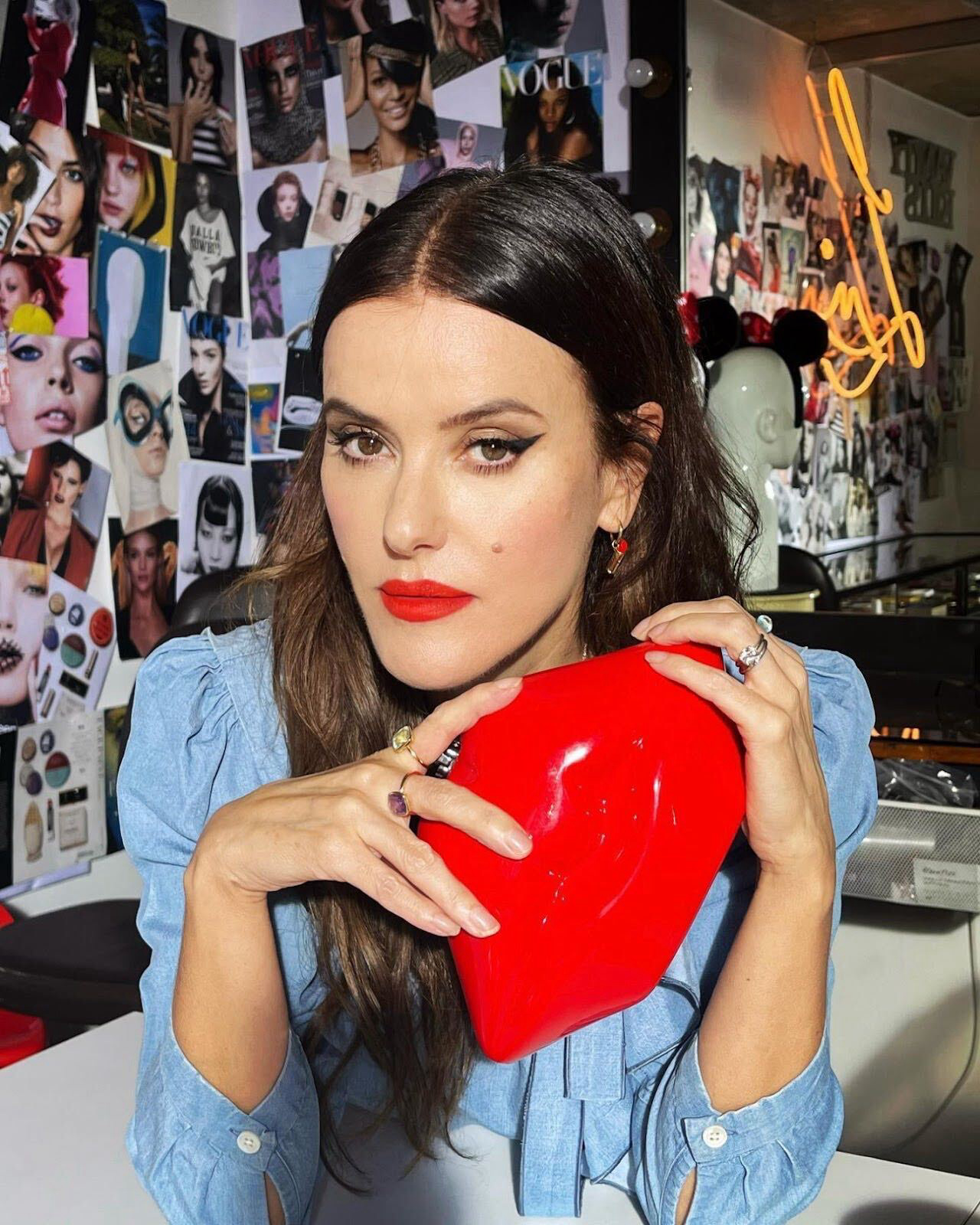
When makeup artist Lisa Eldridge was 13, a family friend passed her a copy of Herman Buchman’s Stage Makeup. “Ever since then, makeup from the past, present and future has been my life,” Eldridge shared in her pay-it-forward bestseller Face Paint: The Story of Makeup, a meticulously-researched history of color cosmetics that has become essential reading for the next generation of beauty creatives. Here, for CULTURED’s new column Muse Report, Eldridge shares her muses—the sounds, scents, and sights that inspire.
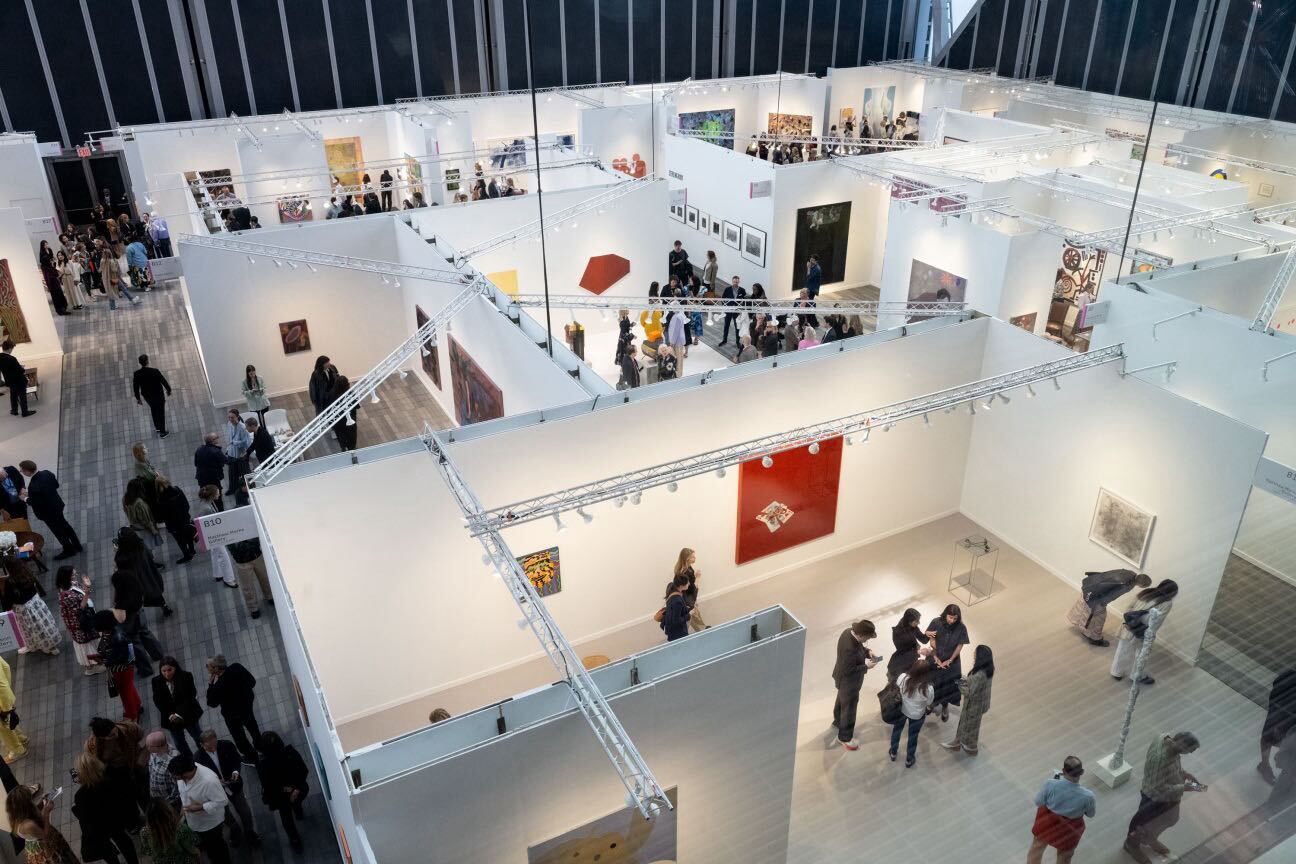
Have the Prices for Art Gotten Too Damn High?
Figuring out how much a work of contemporary art is worth is a complicated business, even in the best of times. Art dealers must take into account many factors, including: Has the artist had museum shows? Is the work large or small? What did it cost to make? Are reputable collectors buying the artist’s work? These are not, however, the best of times. Here, market players debate price inflation in the art world—and who, exactly, is to blame.
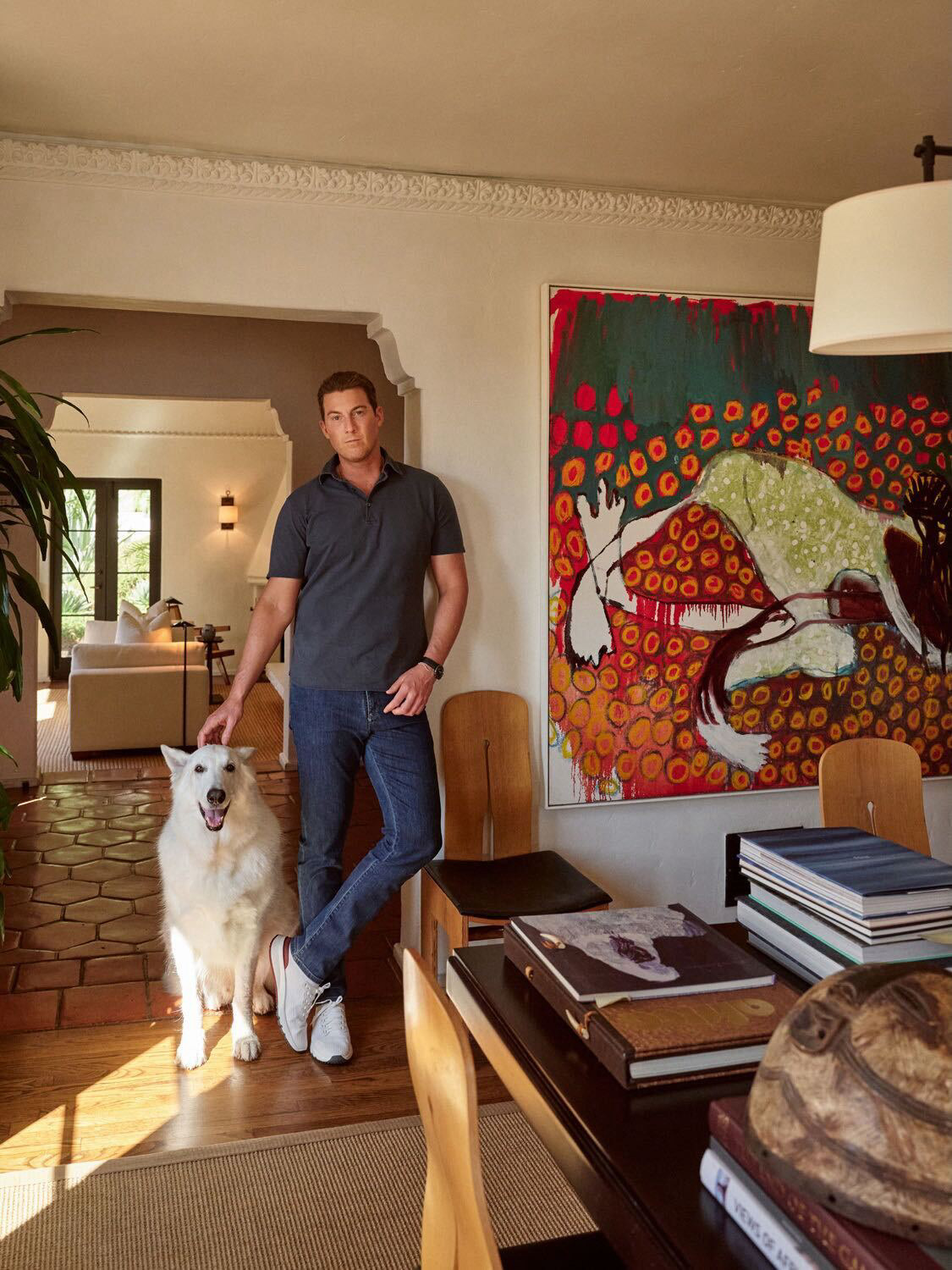
For real estate developer and avid collector Will Bennett, a home is a living, breathing canvas. At his 1920s Spanish Colonial in Los Angeles’s Hollywood Hills, designed by Daniel Romualdez, every room has its own backstory. The co-founder of Three Rules Capital and mastermind behind Esencia, a 2,000 acre masterplan set to reshape Puerto Rico’s southwestern coast, has taste that pulses with personality. Inside his abode, pieces by Ed Ruscha and Sam Durant live alongside childhood fossils, Cielo Félix-Hernández canvases, and a painting of a gorilla by Alex Hubbard.
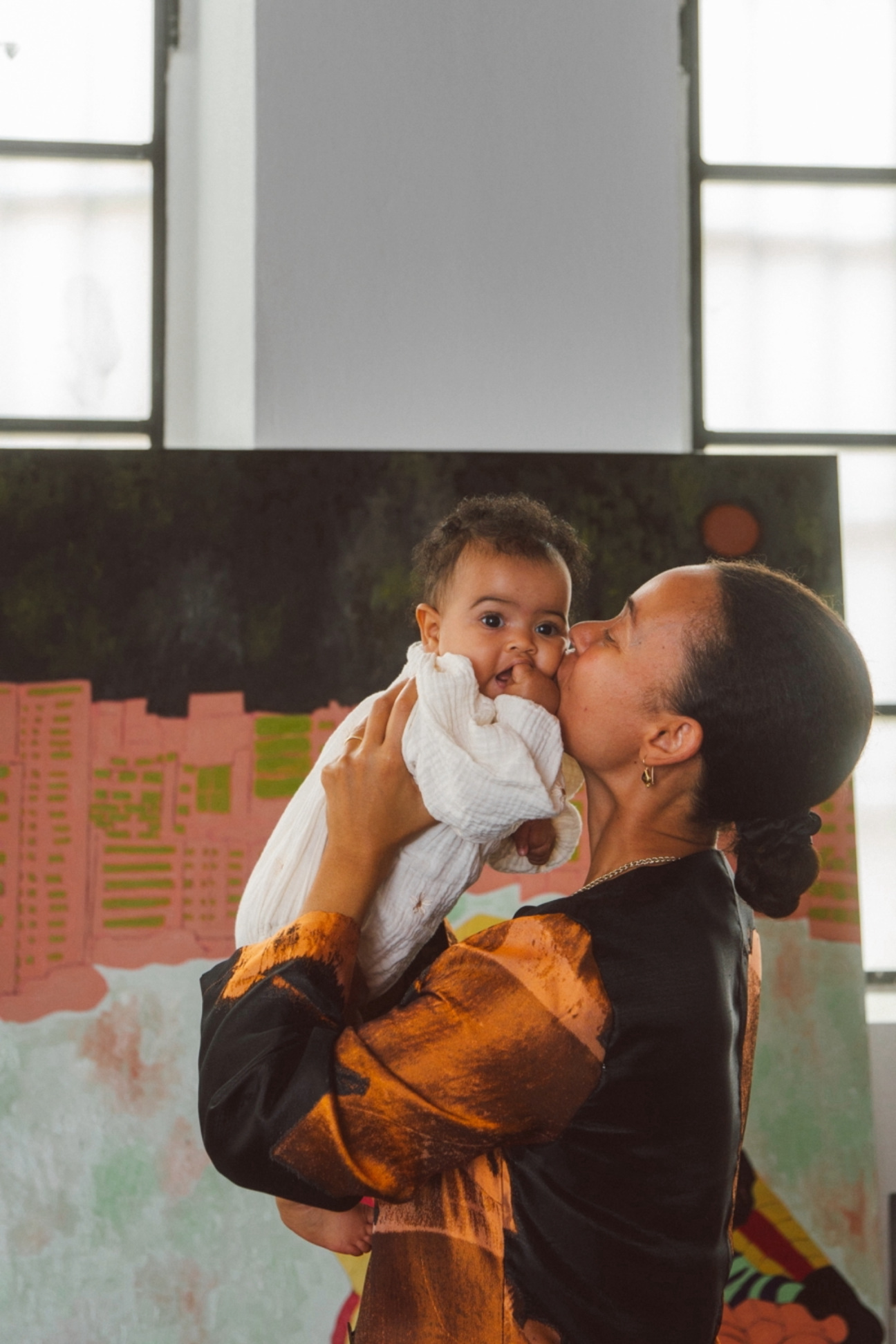
The life of a mother and the life of an artist are often depicted at odds. But the five artist-mothers assembled here offer a valuable counter-narrative. Motherhood, they say, has made them better artists, and their artistic work has made them better mothers. Inhabiting the two roles makes them more observant, efficient, open-minded, and ambitious. For Mother’s Day, CULTURED asked a variety of artists from multiple generations to reflect on how these equally demanding and animating roles have shaped their work and their lives.
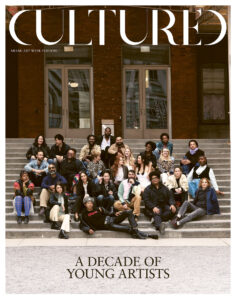
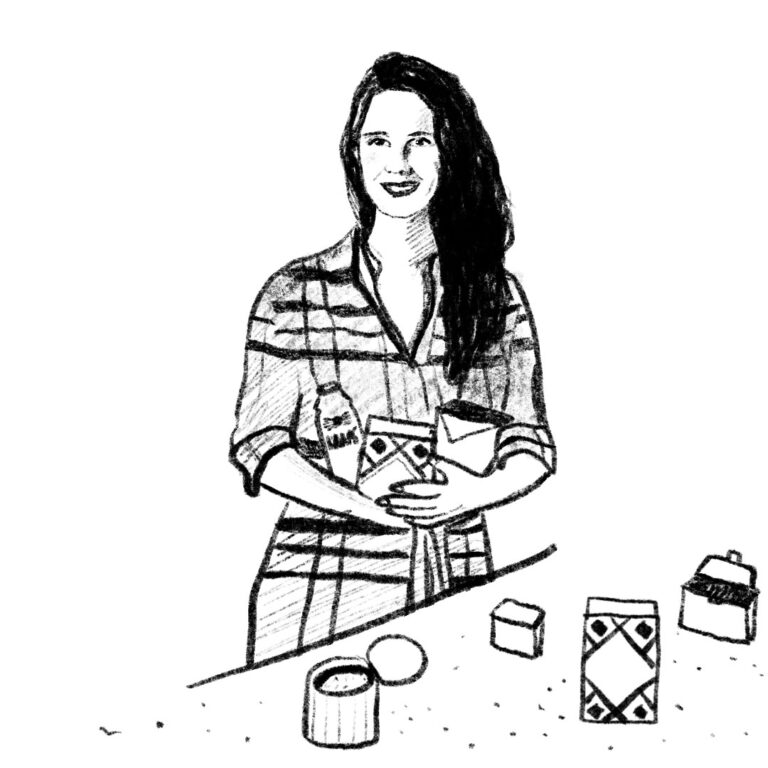
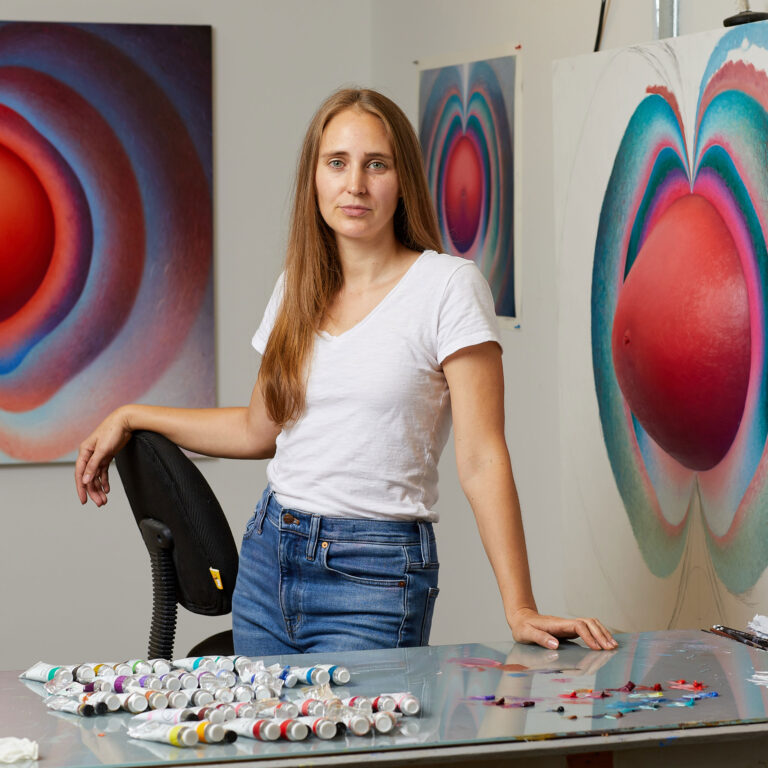
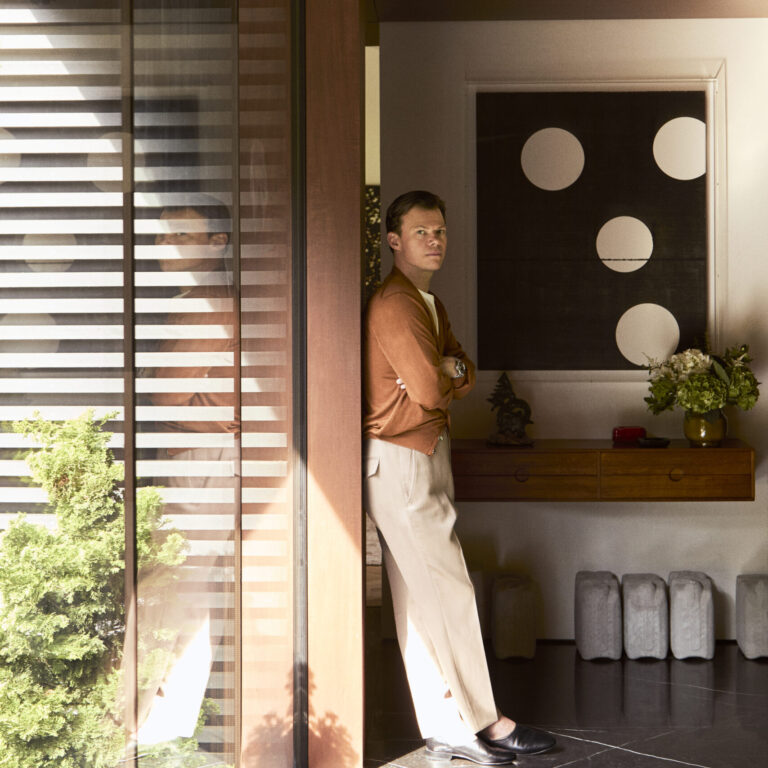
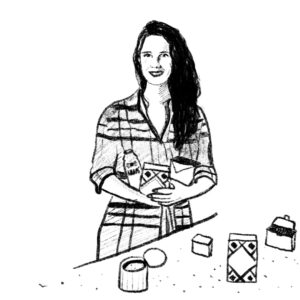
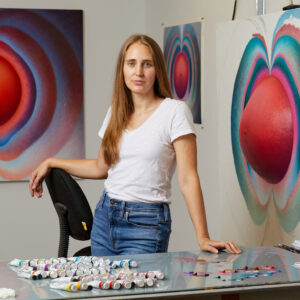


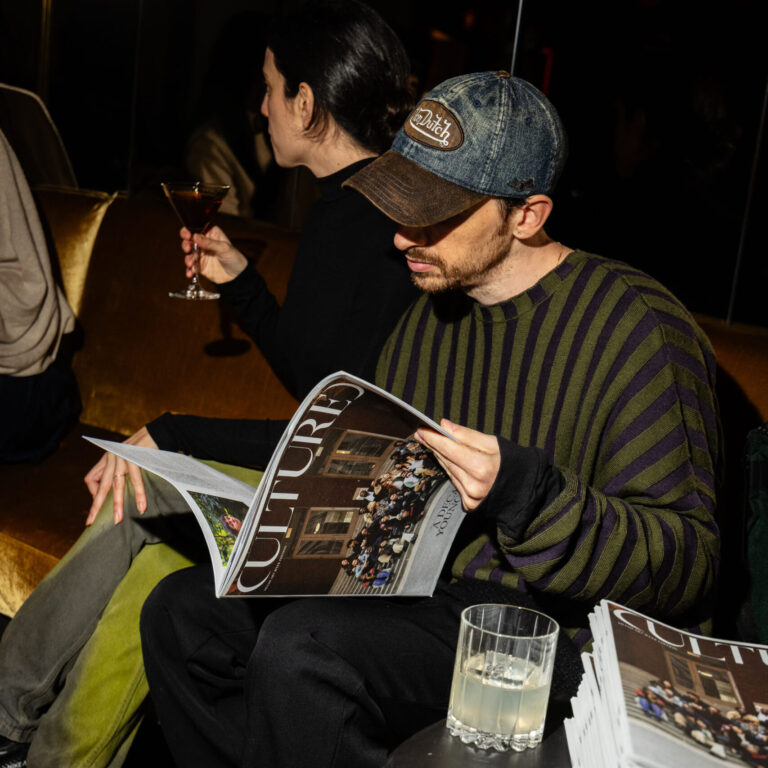

 in your life?
in your life?

